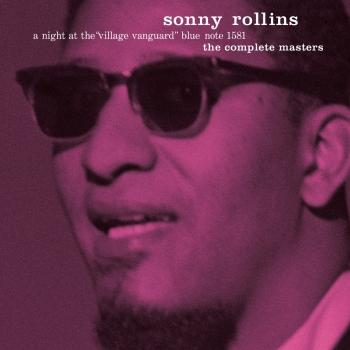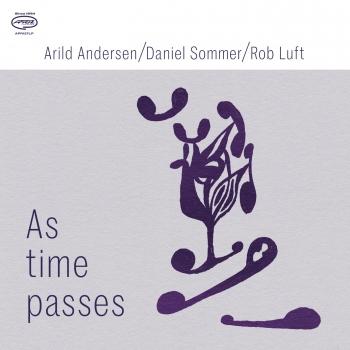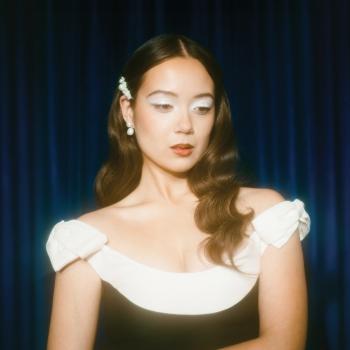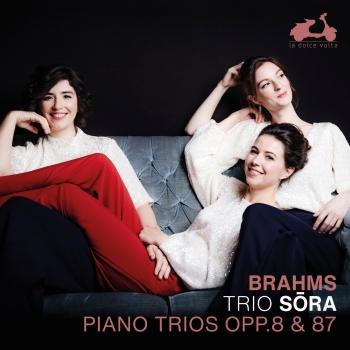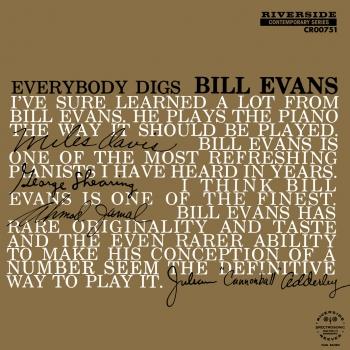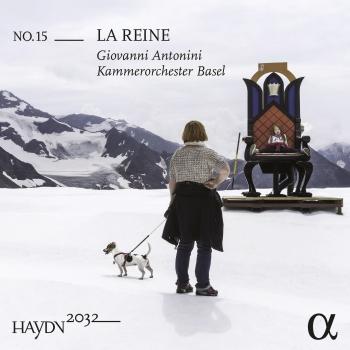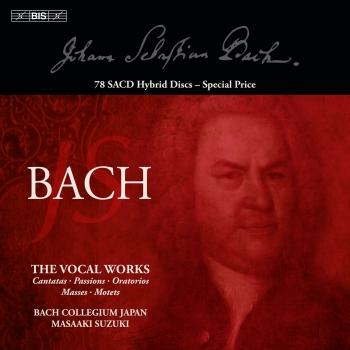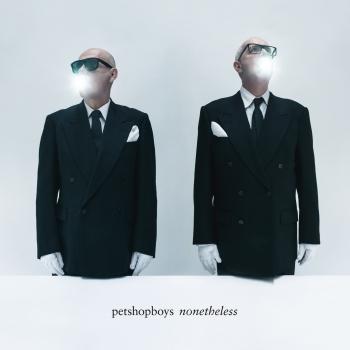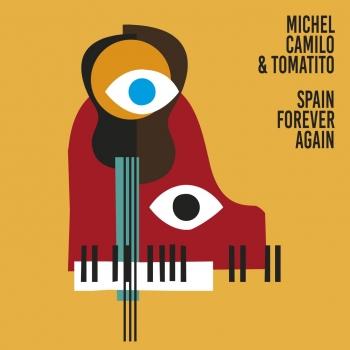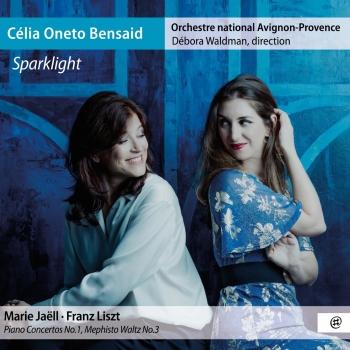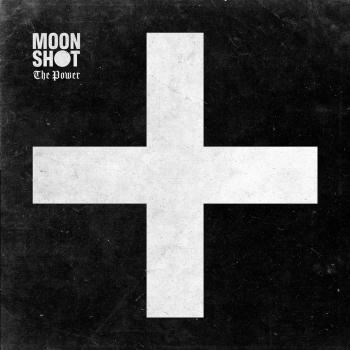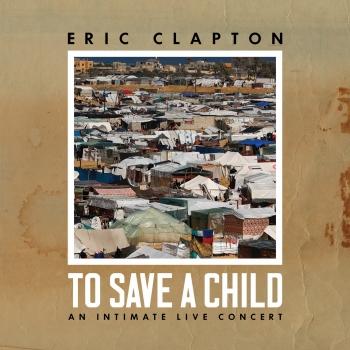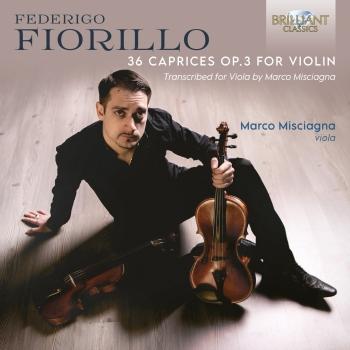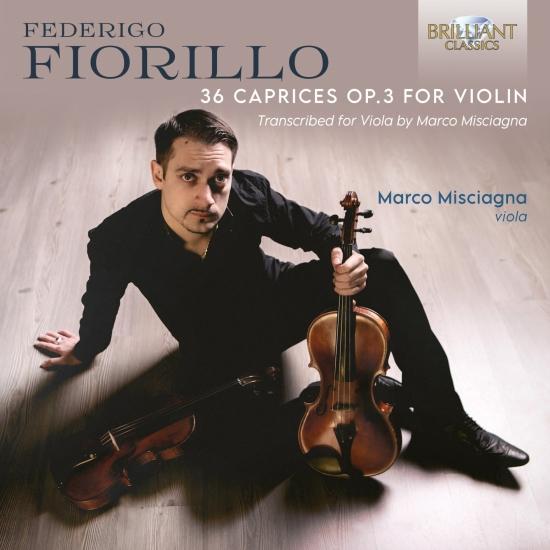
Fiorillo: 36 Caprices, Op. 3 for Violin, Transcribed for Viola by Marco Masciagni Marco Misciagna
Album info
Album-Release:
2023
HRA-Release:
26.07.2023
Label: Brilliant Classics
Genre: Classical
Subgenre: Instrumental
Artist: Marco Misciagna
Composer: Federigo Fiorillo (1755-1823)
Album including Album cover Booklet (PDF)
- Federigo Fiorillo (1755 - 1823): 36 Caprices, Op. 3 for Violin:
- 1Fiorillo: 36 Caprices, Op. 3 for Violin: I. Largo/Allegro02:43
- 2Fiorillo: 36 Caprices, Op. 3 for Violin: II. Maestoso03:57
- 3Fiorillo: 36 Caprices, Op. 3 for Violin: III. Allegro00:53
- 4Fiorillo: 36 Caprices, Op. 3 for Violin: IV. Moderato02:04
- 5Fiorillo: 36 Caprices, Op. 3 for Violin: V. Allegro01:21
- 6Fiorillo: 36 Caprices, Op. 3 for Violin: VI. Andante Sciolto02:21
- 7Fiorillo: 36 Caprices, Op. 3 for Violin: VII. Poco Adagio/Allegretto02:34
- 8Fiorillo: 36 Caprices, Op. 3 for Violin: VIII. Largo02:41
- 9Fiorillo: 36 Caprices, Op. 3 for Violin: IX. Allegro01:26
- 10Fiorillo: 36 Caprices, Op. 3 for Violin: X. Allegro01:54
- 11Fiorillo: 36 Caprices, Op. 3 for Violin: XI. Moderato02:00
- 12Fiorillo: 36 Caprices, Op. 3 for Violin: XII. Moderato01:56
- 13Fiorillo: 36 Caprices, Op. 3 for Violin: XIII. Andante/Presto03:06
- 14Fiorillo: 36 Caprices, Op. 3 for Violin: XIV. Adagio02:05
- 15Fiorillo: 36 Caprices, Op. 3 for Violin: XV. Allegro01:00
- 16Fiorillo: 36 Caprices, Op. 3 for Violin: XVI. Allegro01:06
- 17Fiorillo: 36 Caprices, Op. 3 for Violin: XVII. Adagio02:52
- 18Fiorillo: 36 Caprices, Op. 3 for Violin: XVIII. Allegretto01:04
- 19Fiorillo: 36 Caprices, Op. 3 for Violin: XIX. Allegretto01:08
- 20Fiorillo: 36 Caprices, Op. 3 for Violin: XX. Moderato02:30
- 21Fiorillo: 36 Caprices, Op. 3 for Violin: XXI. Moderato01:11
- 22Fiorillo: 36 Caprices, Op. 3 for Violin: XXII. Adagio03:52
- 23Fiorillo: 36 Caprices, Op. 3 for Violin: XXIII. Allegro01:22
- 24Fiorillo: 36 Caprices, Op. 3 for Violin: XXIV. Allegro01:12
- 25Fiorillo: 36 Caprices, Op. 3 for Violin: XXV. Andante01:58
- 26Fiorillo: 36 Caprices, Op. 3 for Violin: XXVI. Allegro02:08
- 27Fiorillo: 36 Caprices, Op. 3 for Violin: XXVII. Allegretto01:52
- 28Fiorillo: 36 Caprices, Op. 3 for Violin: XVIII. Allegro Assai02:10
- 29Fiorillo: 36 Caprices, Op. 3 for Violin: XXIX. Grave/Moderato05:05
- 30Fiorillo: 36 Caprices, Op. 3 for Violin: XXX. Allegro01:41
- 31Fiorillo: 36 Caprices, Op. 3 for Violin: XXXI. Moderato01:09
- 32Fiorillo: 36 Caprices, Op. 3 for Violin: XXXII. Adagio Espressivo04:07
- 33Fiorillo: 36 Caprices, Op. 3 for Violin: XXXIII. Allegro01:33
- 34Fiorillo: 36 Caprices, Op. 3 for Violin: XXXIV. Moderato01:46
- 35Fiorillo: 36 Caprices, Op. 3 for Violin: XXXV. Adagio/Moderato Assai06:34
- 36Fiorillo: 36 Caprices, Op. 3 for Violin: XXXVI. Tempo Moderato00:55
Info for Fiorillo: 36 Caprices, Op. 3 for Violin, Transcribed for Viola by Marco Masciagni
Despite his name, Federigo Fiorillo (1755-1823) was German by birth, the third son of a violinist who had studied in Naples with Francesco Durante and Leonardo Leo. Federigo followed in his father’s footsteps as an instrumental virtuoso, both on violin and mandolin; the 19th-century musicologist Fétis praised him as ‘one of the most remarkable violinists of his time’ in the Biographie universelle des musiciens.
Having toured Europe, Fiorillo moved by 1788 to London, where he played for the impresario Salomon (who went on to bring Haydn to the English capital), notably as the violist in Salomon’s quartet. He is principally remembered now as a composer, and in particular the author of a set of solo Caprices which formed a method of which formed a method of instruction for every advanced violinist. Until now, however, they have never been recorded on Fiorillo’s ‘second’ instrument of the viola; and indeed complete recordings of the set, even on violin, are very few.
With this new recording, Marco Misciagna demonstrates that these 36 pieces have much more than pedagogic interest to them. While they systematically address technical issues in the bow arm and fingering, testing the player’s technique for playing octaves, multiple stopping, passagework, chromatic scales and so on, Fiorillo was a Italianate melodist who naturally wrote and thought in long, cantabile lines which are as grateful to hear as they are to play.
Born in 1984, Marco Misciagna studied in Bari and Rome and then with Salvatore Accardo; he now lives and works in Spain. Among his previous recordings is a Brilliant Classics album of a similar undertaking, the 41 Capricci for viola by Bartolomeo Campagnoli (1751–1827).
‘Like any comprehensive set of studies, there’s a little something in here to terrify everybody... Marco Misciagna has them well in hand... his sound is firm and sturdy.’ (Fanfare)
The Caprices for Violin Solo by Federigo Fiorillo are a set of 36 virtuosic and challenging pieces that have become an essential part of the violin repertoire. Composed in the late 18th century, Fiorillo's Caprices are a testament to the technical and expressive possibilities of the instrument.
Each caprice presents a unique musical idea, showcasing the versatility of the violin. From rapid passages requiring flawless fingerwork to melodic lines that demand great control and expression, Fiorillo's compositions push the boundaries of what is achievable on the violin. The caprices explore a wide range of musical styles, including lyrical melodies, flashy passages, and intricate double stops.
The Caprices are not merely technical exercises but also serve as musical studies. They provide violinists with opportunities to develop and refine their technique, as well as to explore various aspects of musical interpretation. Through the demanding technical challenges and expressive nuances, the Caprices help violinists improve their command over the instrument and enhance their musicality.
Transcribed for viola and played by Marco Misciagna, one of the leading viola players of our time. He performed in the most famous concert halls of Europe such as the Berliner Philarmonie, Essen Philarmonie, Hamburg Laeiszhalle, Mannheim Rosengarten, Meistersingerhalle Nuremberg, Prinzregententheater Munich, Arriaga Theatre in Bilbao, Musikverein in Wien and in the most prestigious halls of America.
Marco Misciagna, viola
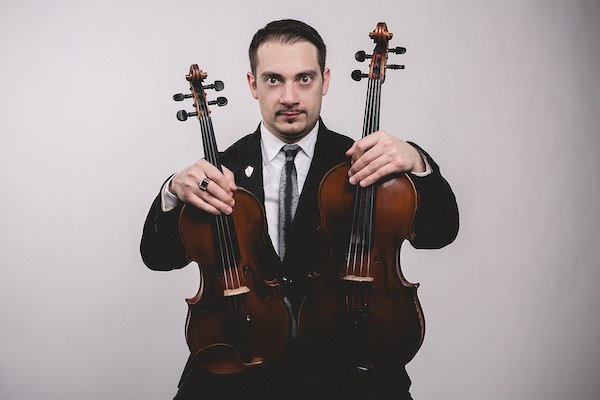
Marco Misciagna
Born in 1984, at the only age of fifteen, Marco Misciagna achieved his Diploma in violin and then in viola with full marks at the State Conservatory of Music “N. Piccinni” in Bari. He subsequently obtained his Diploma with distinction at “Santa Cecilia Academy” in Rome.
Recognized as one of the best students of the Conservatory, he was invited to the Quirinal Palace in Rome by the Ex-President of the Italian Republic Ciampi.
Considered as one of the most virtuous and talented artist of his generation, he continued his development under the guidance of C.Romano and D.Trkulja (ex first violin of the famous Zagreb Quartet) and the great violist Michel Kugel.
Chosen by M° Boris Belkin and M° Yuri Bashmet, he perfected his skills following the International Courses at the Chigiana Academy of Music in Siena, where he was awarded two Honour Diplomas and won the Prize “Monte dei Paschi di Siena” twice, as best violinist and best viola player in the school (actually the first time in the history of the Academy).
He continued further study at the “W.Stauffer” Academy in Cremona with Salvatore Accardo and at the “Fiesole School of Music” with P.Vernikov.
In 1999 he won the First Prize for young talented musicians “M.Benvenuti” of Vittorio Veneto and he was invited to take part in the Moscow international N.Paganini violin Competition where he was the only Italian member who had the great opportunity to play in the concert halls of the prestigious Moscow State Conservatory.
He has pursued a brilliant career as a soloist, performing with several national and international orchestra, winning great popular and critical acclaim.
He played "The four Seasons" by A.Vivaldi, the Concerts for viola by Telemann, Bach, Handel, Rolla, Stamitz and Hoffmeister, "Rondò in A-Dur D438" by F.Schubert, the Symphonie Concertante K364 by W.A.Mozart for violin and viola, the Concert n. 2 "La Campanella", the "Carnevale di Venezia" and the "Sonata per la Grand' Viola" by N.Paganini, the Concert n.1 in F sharp minor by H.Wieniawski, the "Tzigane" by Ravel, the Concert in D-Dur op.35 by Tchaikowsky, the Concert op.77 by Brahms, "Zigeunerweisen" op.20 by Sarasate, the Concert op.14 by S.Barber, the Concert for viola by W.Walton.
He recorded a CD produced by Dynamic label, supported by the Lions Club (recordings of live performances of Wieniawski “Mazurke” for violin and piano, N.Paganini “Duo Merveille” for violin solo, H.W.Ernst “The last rose in the summer” for violin solo): the proceeds from the sale of the cds went to charity in order to help for the built of a centre for childhood.
He played chamber music with several ensembles like the Ensemble Meditèrranèe, Hipponion Ensemble, Ensemble 2 Agosto, Quatuor Abime, Ensemble Oscar Niemeyer, Kissar Ensemble with musicians such as Antony Pay, F.Petracchi, M.Caroli, A.Markov, N.Lomeiko, U.Ghi, R.Giordano, M.Wolf, M.Sirbu, R.Bahrami, V.Zubitsky and many others.
He recorded with the labels DAD-Records, Phoenix Classics, Terramiamusic, DigressioneContemplattiva.
Some of his violin revisions were published by the publishing house Berben and he published his viola solo arrangements for Partitura Verlag.
He was for years Principal Viola Soloist of String Orchestra in Malaga (Spain) with whom he recorded for Deutsche Grammophon together with the legendary guitar quartet “Los Romeros”.
He performed in the most famous concert halls of Europe such as the Berliner Philarmonie, Essen Philarmonie, Hamburg Laieszahalle, Mannheim Rosengarten, the Meistersingerhalle Nurimberg, the Prinzeregententheatre of Munich, Arriaga Theatre in Bilbao, Victoria Eugenia Theatre in San Sebastian, Sala Sinopoli Auditorium Parco della musica of Rome and in the most prestigious halls of America such as the Balboa Theatre in San Diego – California, the Fox Tucson Theatre, S. Francis Auditorium in Santa Fe – New Mexico, the C.W.Eiseman Center, the Rudder Theatre, the Empire Theatre in Texas, the American Theatre in Hampton – Virginia, the Lehman Center and Carnegie Hall of New York and many others.
He has been invited to teach Master Classes at the “Real Conservatorio Superior Reina Sofia” in Madrid, at the “Royal Irish Academy of Music” in Dublin, at Istanbul University State Conservatory and Hacettepe University Ankara State Conservatory (Turkey) and in other important academies.
His repertoire includes his arrangements\transcription and pieces for solo viola which has never been played before, such as M.Vieux, M.Anzoletti, Casimir Ney, A.Rolla, H.Von Steiner, Hermann, as well as Bach, Telemann, Biber, Hindemith and many others.
He was Professor of violin and viola at the Italian Conservatory in Paris and Hight School of Music and Arts IMEP of Namur (Belgium).
In January 2014 the Belgian Government, through the Ministry of Higher Education, Scientific Research and International Relations, appointed Marco Misciagna "highest repute artist".
He is member of Artistic Advisory Board (strings tutor, trainer, leader and concertmaster) of the Youth Philharmonic International Orchestra (a Project of Turken Foundation) based in New York and Honorary Artist of the Arkhangelsk State Chamber Orchestra (Russia).
Actually he is Professor of viola at the Superior State Conservatory "Gesualdo da Venosa" of Potenza (Italy), Honorary Professor at “Institut Superieur de Musique de Sousse (Université de Sousse, Tunisia), Honorary Professor at Yerevan Komitas State Conservatory (Armenia) and Honorary Professor at the “S.Rachmaninov” State Conservatory (Tambov-Russia) and Far Eastern State Academy of Art (Vladivostok- Russia).

